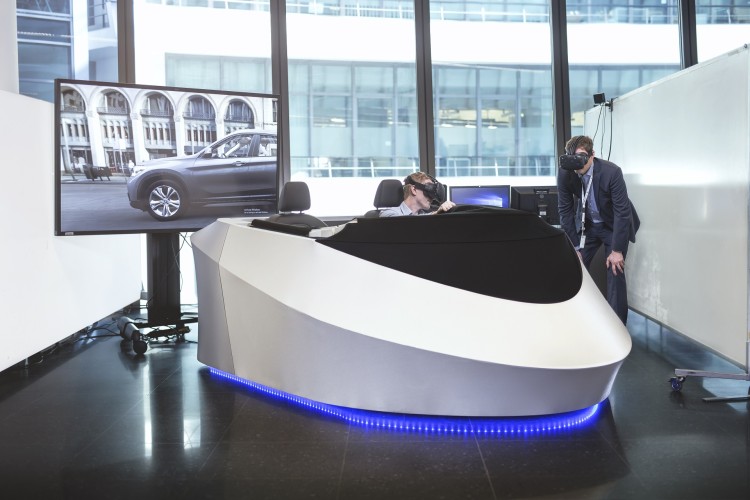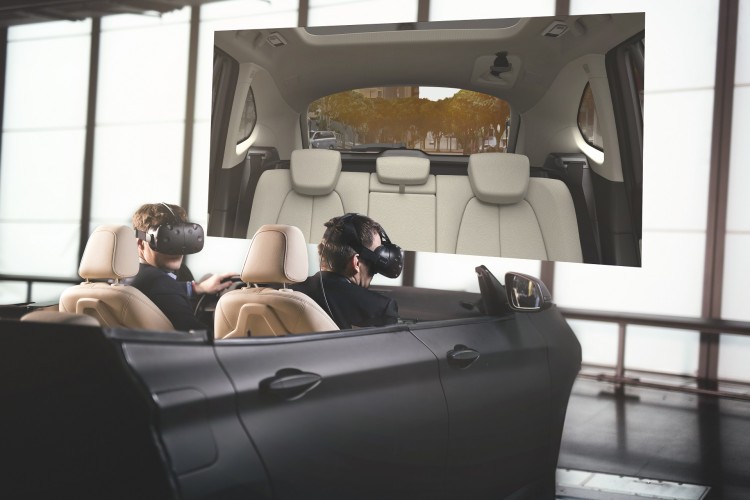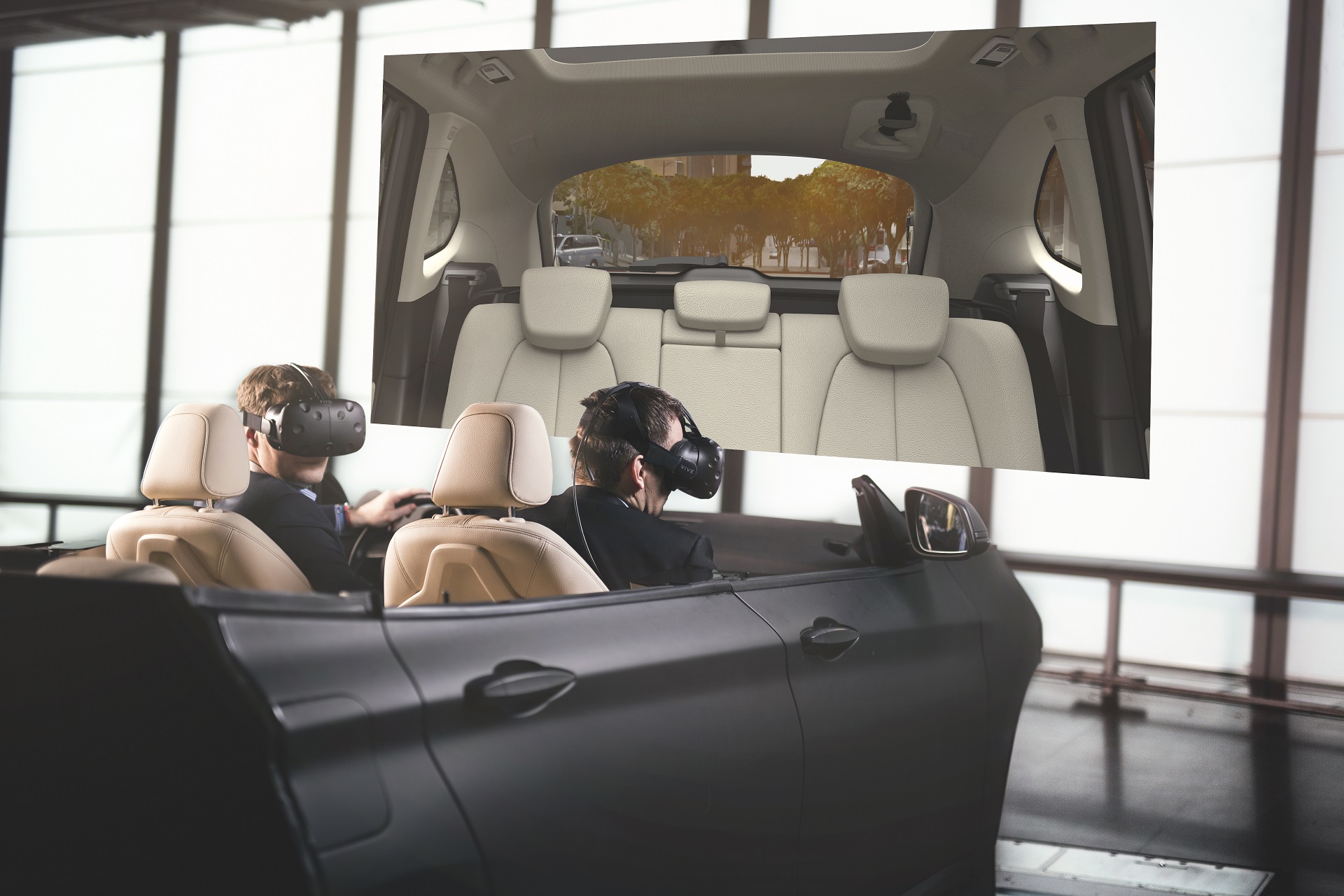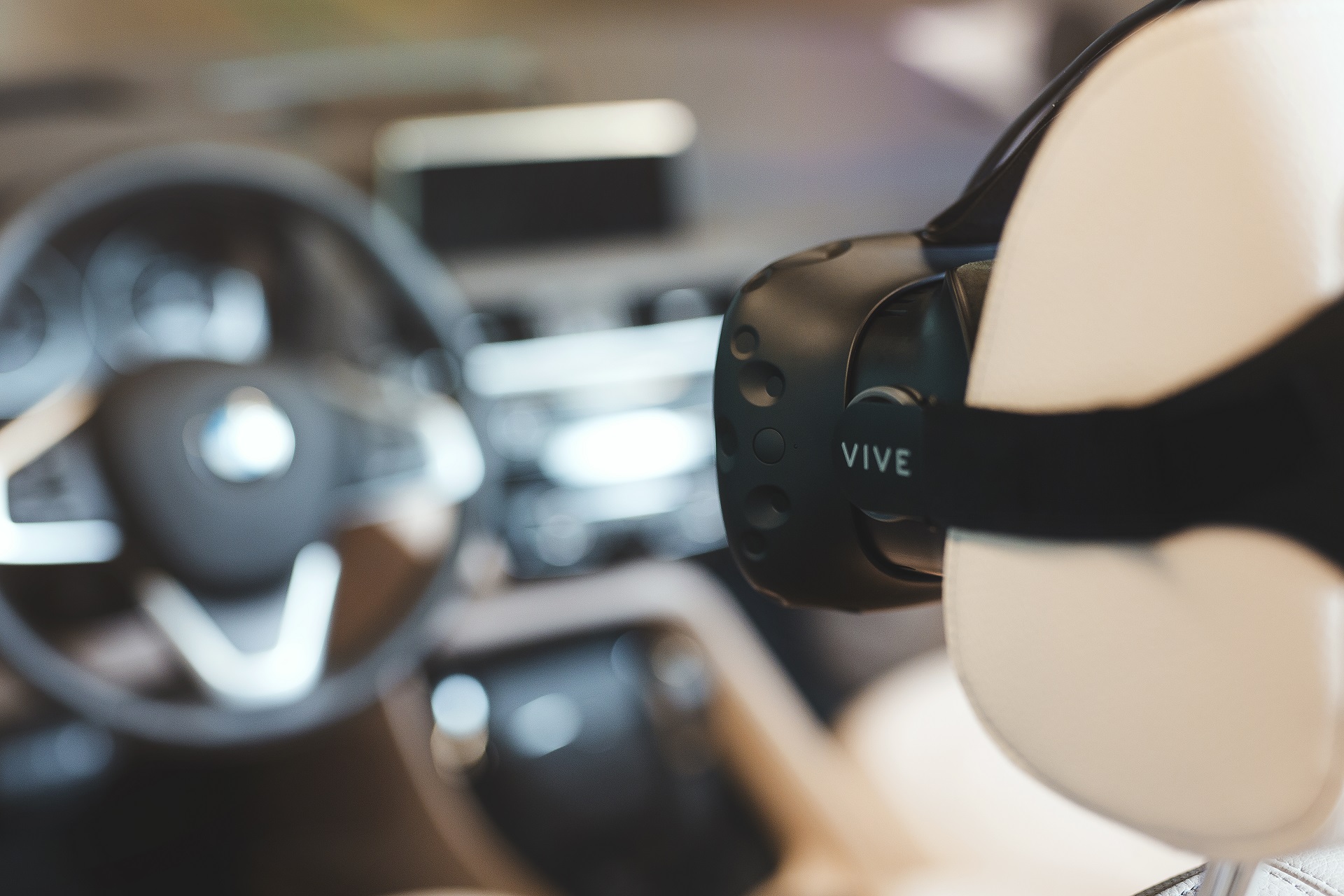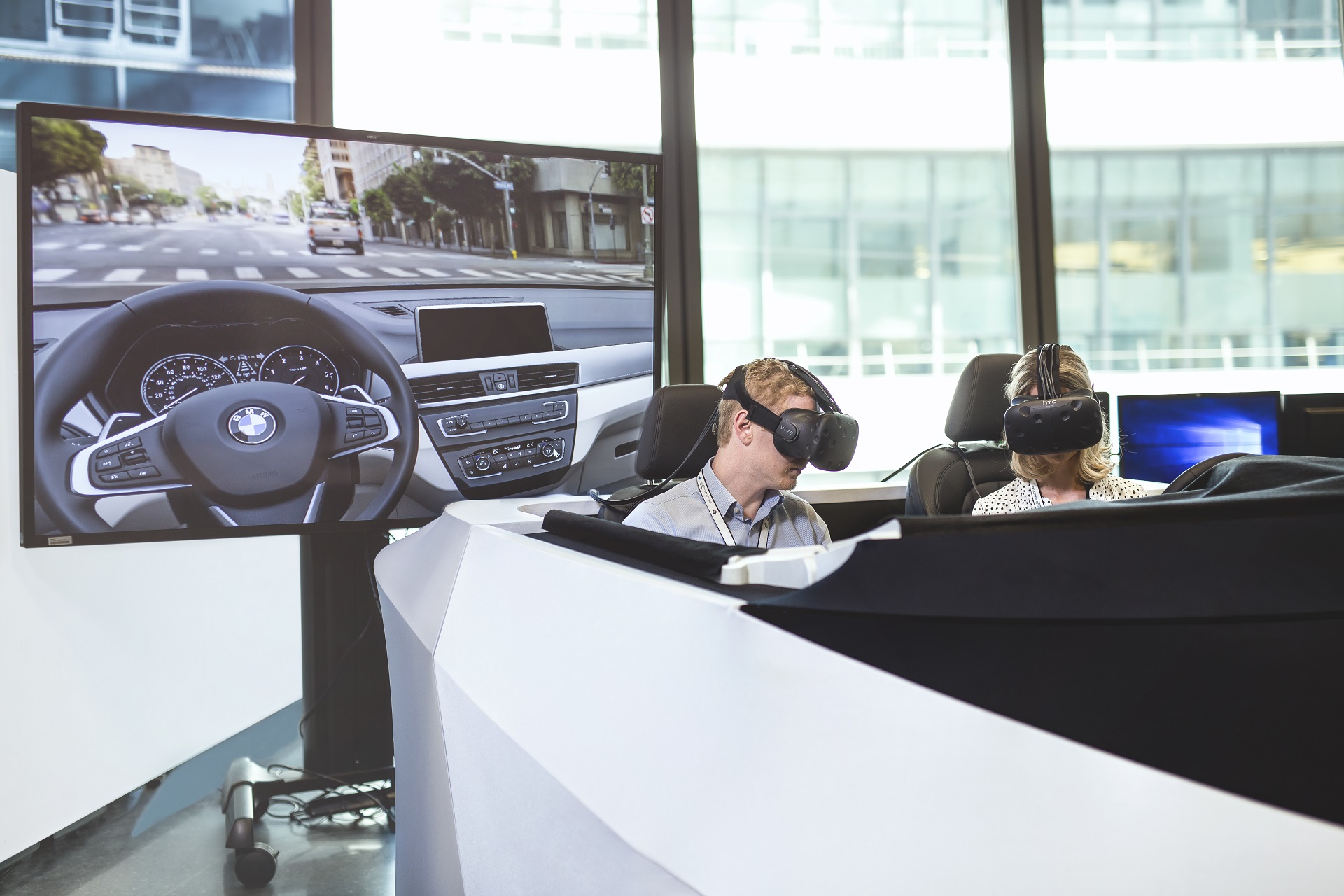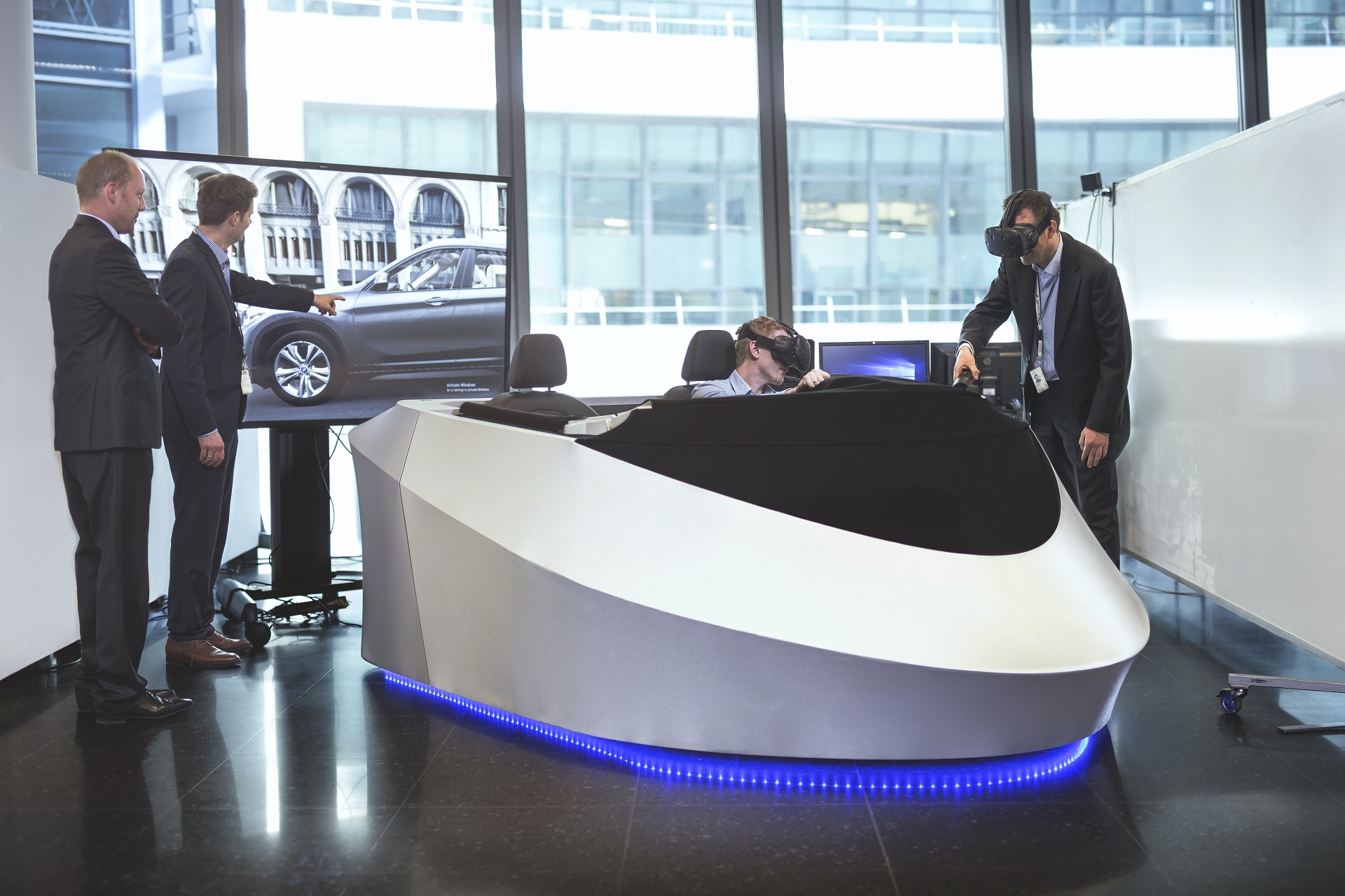Today BMW announced that it will incorporate HTC Vive VR headsets and mixed reality in the development of new cars. According to the company, the computer generated images allow greater flexibility and faster results with lower costs compared to laboriously constructed models of old.
The system is actually using components derived from the computer games industry. For example, the computing power comes from high-end water-cooled components, such as Intel Core i7 processors and Nvidia Titan X graphics cards that make sure the required 90 frames per second rate is kept intact throughout the development.
The HTC Vive kits have two high-resolution screens and a laser-based tracking system that covers an area of 5 x 5 meters in the BMW application. The graphics are computed by software that normally serves to produce the very best computer gaming graphics, Unreal Engine 4.
This approach offers big improvements over the VR systems that were being used so far. Thanks to it, the developers are now saving a lot of time and resources that would’ve been otherwise wasted on long trips and costly specialized facilities.
Practically, developers can now virtually drive around a particular part of town, simulating a trip and testing what the all-around view of the surrounding area is like. Furthermore, they can actually see whether a display is poorly legible or awkward to reach depending on the viewing angle or seat position.
The HTC Vive developer kits have been in use since Fall 2015, as pilot projects and now got the green light for further usage on all future models. According to BMW, they also allow developers to test the cars virtually, in a host of different environments and even experience how the engine sounds inside the cabin. Hopefully, all this new tech will only lead to better cars for all of us in the near future.



